Photos: Is ice age cat mummy a lion or a lynx?
Incredible find

A man hunting for mammoth tusks in Eastern Siberia came across an unexpected find in the permafrost: the mummy of a cat that lived during the last ice age.
It's not yet clear whether the ancient kitty is a cave lion or a Eurasian lynx, but the cat's body proportions and coat markings indicate that it's probably a lynx, said Olga Potapova, the collections curator and manager at the Mammoth Site of Hot Springs, South Dakota, who is helping with the logistics of studying the new specimen.
If it is a Eurasian lynx, the newfound mummy will be only the second specimen of the species known from the last ice age to be discovered in that region. [Read the Full Story on the Newly Discovered Cat Mummy]
Kitty cat
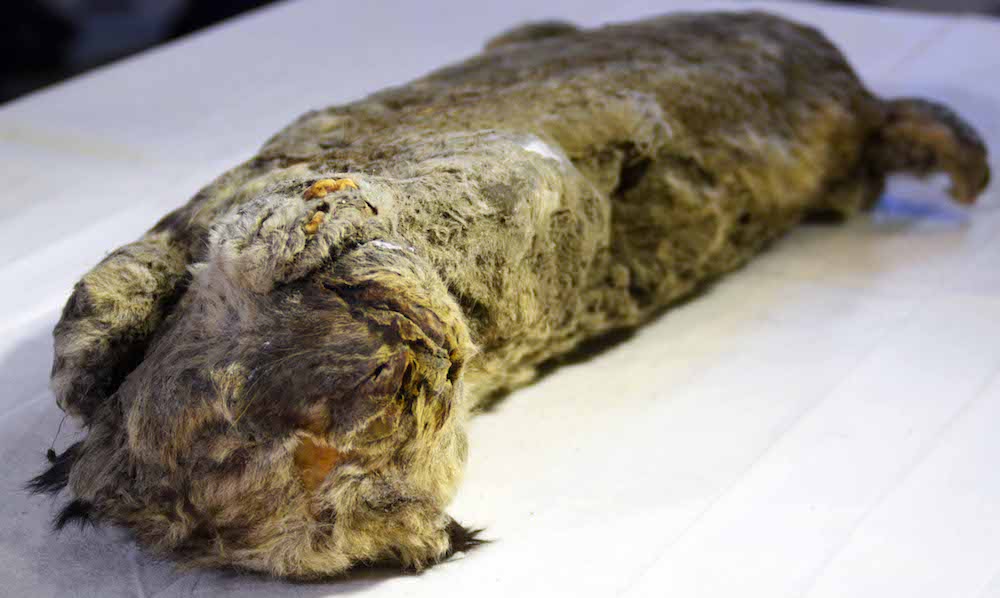
Boris Berezhnev discovered the ice age kitty in permafrost by the Tirekhtykh River (also spelled Tirekhtyakh) in Eastern Siberia.
Closer look

A closer view of the furry mummified kitten. Notice its whiskers are still intact.
Eurasian lynx

Scientists have yet to verify the species of the newfound mummy. It is possible it's a Eurasian lynx (Lynx lynx), an animal that didn't go extinct like other megafauna (animals weighing more than 100 lbs., or 45 kilograms) did at the end of the last ice age.
Cave lion
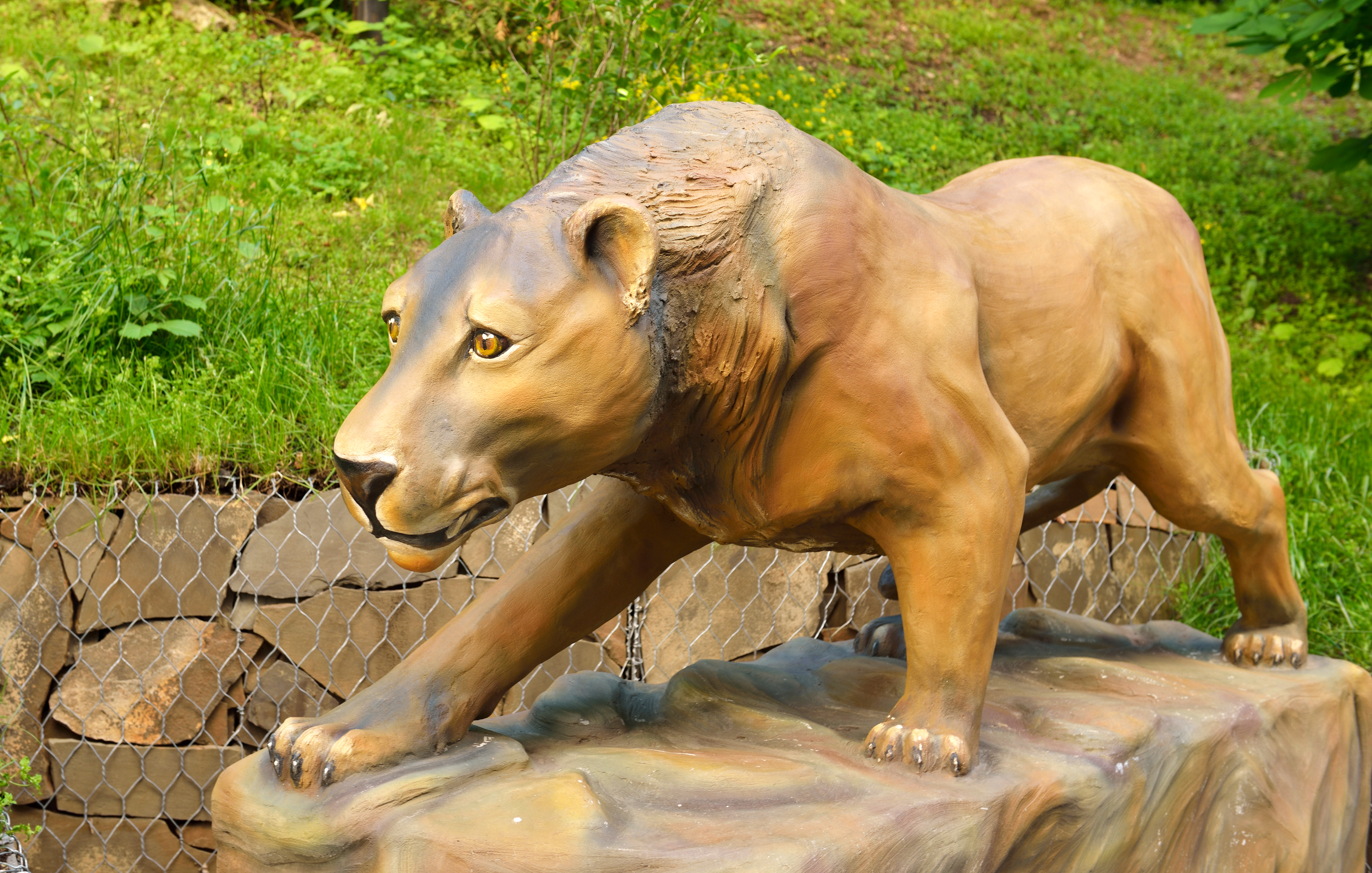
There's a chance that the newly discovered mummy is a cave lion (Panthera spelaea), a species that is now extinct. Here is the statue of a cave lion in Moscow.
Uyan

The cave lion mummy known as Uyan, who was discovered in the Siberian permafrost in 2015.
Ice age researchers
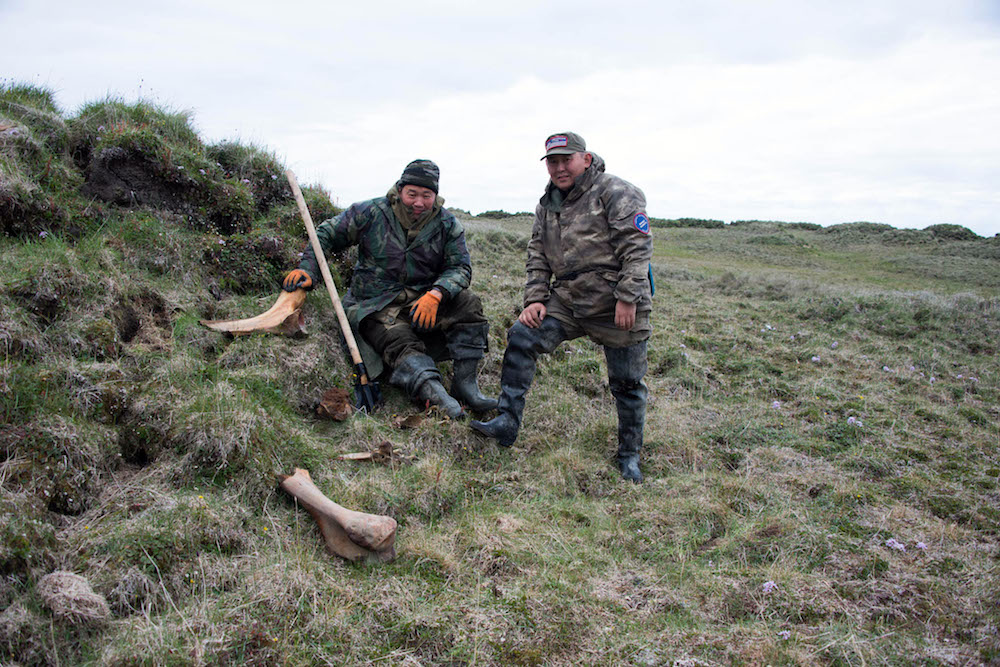
Albert Protopov (left) and Valerii Plotnikov (right) doing fieldwork on Bolshoy Lyakhovsky Island, in Russia's Eastern Siberia.
Get the world’s most fascinating discoveries delivered straight to your inbox.
Dream team
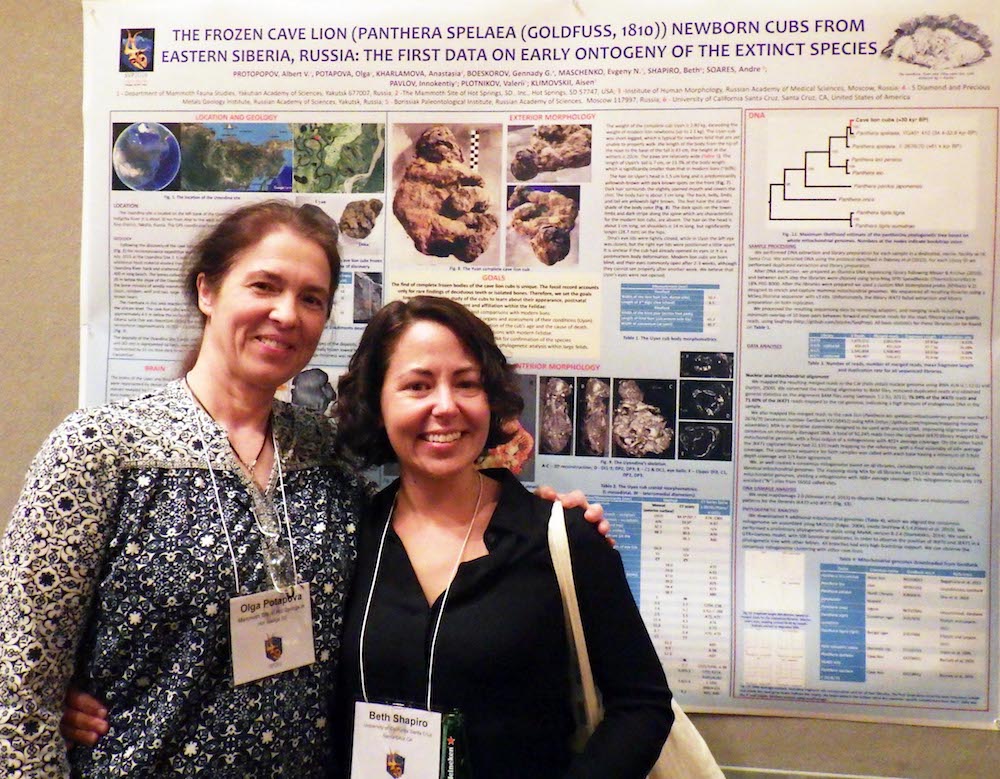
Olga Potapova (left), the collections curator and manager at the Mammoth Site of Hot Springs, South Dakota, and Beth Shapiro, a professor of ecology and evolutionary biology at the University of California, Santa Cruz, present their research at the Society of Vertebrate Paleontology meeting in 2016 in Salt Lake City. Both women are co-researchers studying Uyan and Dina, two cave lion kitten mummies that were also discovered in Russia.
[Read the Full Story on the Newly Discovered Cat Mummy]
Woolly rhino
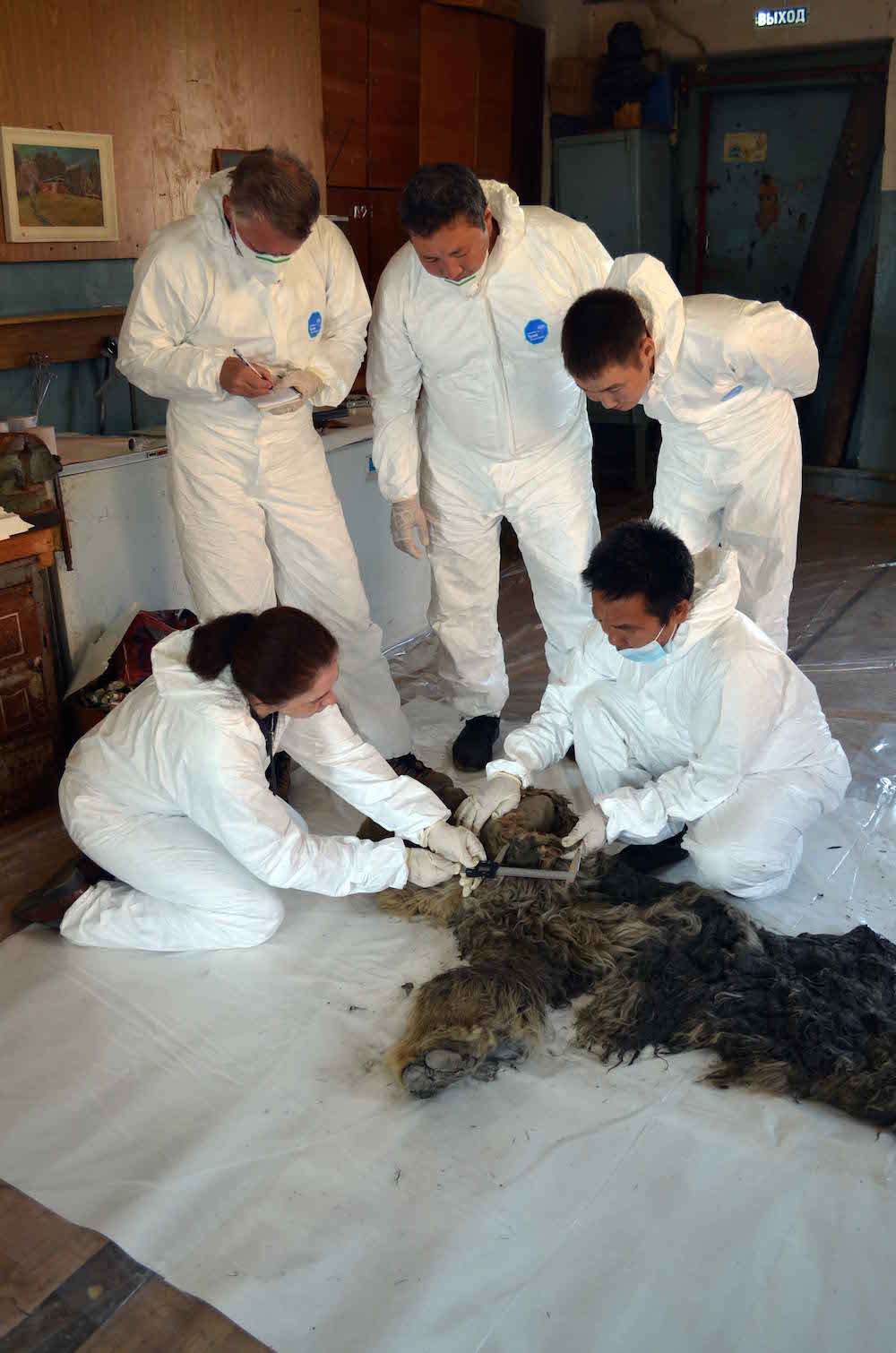
Scientists working on another mummy — a baby woolly rhino named Sasha, who was also found in Siberia.
From the left, Olga Potapova (The Mammoth Site of Hot Springs, South Dakota), Evgeny Maschenko (Paleontological Institute, Moscow), Albert Protopopov, Stanislav Kolesov and Innokentii Pavlov (Department of The Mammoth Fauna Studies, Sakha (Yakutia) Academy of Sciences, Yakutsk).
[Read the Full Story on the Baby Woolly Rhino]
Mammoth brain
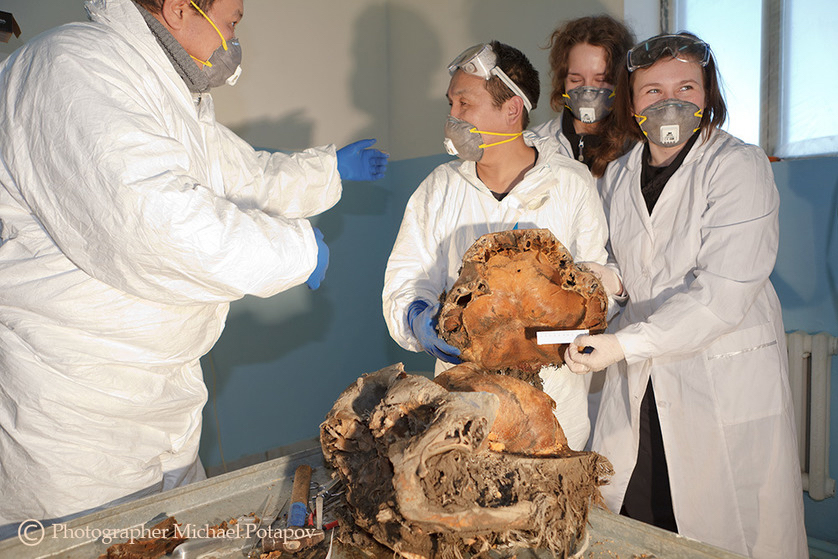
Researchers have also found woolly mammoth mummies. Here, Russian scientists cut into the skull of the 39,000-year-old Yuka Mammoth. The brain of this mammoth is largely complete, allowing researchers an unprecedented look at the extinct mammal's neural matter, especially its cerebellum.
From the left: Albert Protopopov and Innokentii Pavlov (Department of The Mammoth Fauna Studies, Sakha (Yakutia) Academy of Sciences, Yakutsk), Anastasia Kurtova and Anastasia Kharlamova (Research Institute of Human Morphology, Russian Academy of Medical Science, Moscow, Russia).
[Read the Full Story on the Mammoth Mummy]

Laura is the managing editor at Live Science. She also runs the archaeology section and the Life's Little Mysteries series. Her work has appeared in The New York Times, Scholastic, Popular Science and Spectrum, a site on autism research. She has won multiple awards from the Society of Professional Journalists and the Washington Newspaper Publishers Association for her reporting at a weekly newspaper near Seattle. Laura holds a bachelor's degree in English literature and psychology from Washington University in St. Louis and a master's degree in science writing from NYU.


